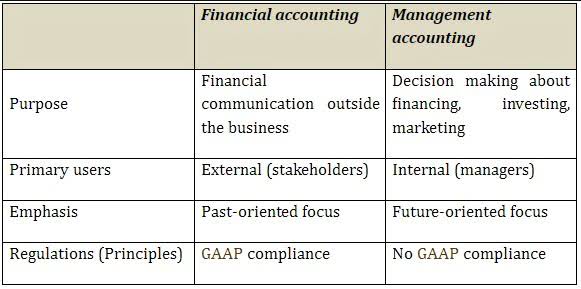
A debit is always recorded on the left side of an account, while a credit is always recorded on the right side. These terms do not inherently signify an increase or decrease; their effect depends entirely on the type of account involved. For instance, a debit increases an asset account, but it decreases a liability account. Conversely, a credit increases a liability account, but it decreases an asset account. If an account’s normal balance is debit, then increases to that account belong as entries in the debit column.

What is a Normal Balance in Accounting?

Variable cost refers to business expenses that vary directly with the level of output or production. After Accounting for Technology Companies these transactions, your Cash account has a balance of $8,000 ($10,000 – $2,000), and your Equipment account has a balance of $2,000. For example, you can usually find revenues and gains on the credit side of the ledger. This includes transactions with customers, suppliers, employees, and other businesses. When we’re talking about Normal Balances for Expense accounts, we assign a Normal Balance based on the effect on Equity.

What Is an Allowance in Accounting? Explained
- The permanent accounts are sometimes described as real accounts.
- This means that when you make a debit entry to an asset account.
- These examples demonstrate that any action increasing the value of an asset will result in a debit to that specific asset account.
- Without proper management of cash flow, a business simply cannot survive.
- A debit records an entry on the left side of an account, while a credit records an entry on the right side.
- Conversely, a credit increases a liability account, but it decreases an asset account.
Revenues are typically increased by credits and decreased by debits. This means that assets are typically increased by debits and decreased by credits. The “normal balance” for an account in accounting refers to whether that account typically carries a debit or credit balance. In other words, it’s the side (debit or credit) that increases the balance of the account. It is determined by the nature of an account in the chart of accounts under the double-entry bookkeeping system. The cash flow statement reconciles changes in cash by transforming accrual-based income statement figures into cash-based moves.
The Significance of Normal Balances

To gain a comprehensive knowledge of this efficacy, you need to familiarize yourself with one of each asset account has a normal credit balance the underlying elements of the double-entry method. In these examples, we’ll imagine a business owner as they carry out some financial transactions. After each transaction, we’ll show you how each relevant account might look after adding the entries that correspond to the transaction. Regarding normal balance, every account will fall into one of two categories.
- There may be more reasons that exist for a business to chose single entry accounting.
- This means that assets are typically increased by debits and decreased by credits.
- The above example could go on without end to express every business transaction that takes place for that ice cream shop.
- Here’s a simple table to illustrate how a double-entry accounting system might work with normal balances.
Struggling with Financial Accounting?
Concurrently, the Accounts Payable https://cassianconsulting.com/en/equity-meaning-how-it-works-and-how-to-calculate/ (liability) account is credited to increase the amount owed, aligning with its normal credit balance. This dual entry maintains the accounting equation’s equilibrium. Revenue, or income, signifies the inflow of assets from the sale of goods or services. Examples include sales revenue from selling products, service revenue from providing services, and interest income earned on investments.
